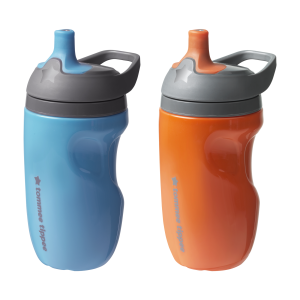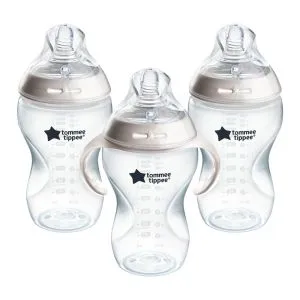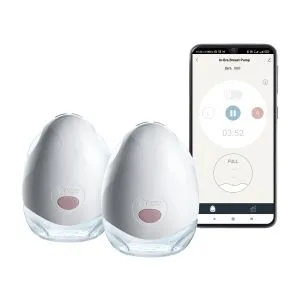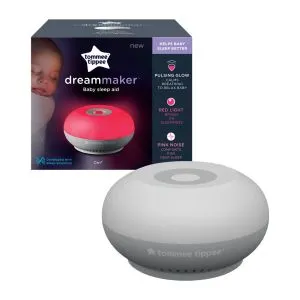We all know that safe sleep is very important for babies. But with so many different clothing options available, it can be difficult to know what your baby should wear to bed.
So, we've gathered all you need to know about baby sleepwear (and how to choose the right sleepwear based on the season and temperature) into one handy guide.
How to dress your baby for sleep
As your baby grows and develops, their sleepwear needs to evolve too! Keep on reading to learn about the different sleepwear styles available for each stage.
In general, it's good to dress your baby in clothes that you can easily remove with as little disturbance as possible. This will come in handy if they need to be changed during the night!
Baby swaddle suits
Swaddling younger babies using a purpose-built swaddle wrap or suit can keep them warm and help them sleep. It minimises/minimizes their Moro reflex (when their arms suddenly jerk up while asleep), and gives your baby a cozy, secure feeling that reminds them of being in the womb.
If you choose to use a blanket to swaddle your baby, it's critical to ensure that all loose ends are tucked in, so they can't choke or get tangled up.
Most babies should stop being swaddled by the time they start to roll over, or around two to six months.
Baby sleepbags
Sleepbags are suitable for babies aged between six and 36 months. They're also a great alternative to swaddling once your mini-me has become a little more mobile. They can still feel safe, cozy, and secure with their legs tucked into their sleepbag, but with one or both of their arms free to stretch out.
Baby sleepsuits
Sleepsuits also keep your baby cozy and comfortable from six to 36 months but come with built-in legs and foot covers. This makes them perfect for little ones who have found their feet and want to toddle around before bed and when they wake up.
What should a baby wear to sleep in each season?
Small babies find it difficult to regulate their own body temperature like we can. Overheating can increase the risk of SIDS, so it's important that you make sure the tog of their sleepwear is appropriate for the temperature of their nursery throughout the year.
What are tog ratings?
Tog ratings are a warmth scale. Think of them as a handy way for you to ensure that your baby is comfortable and safe as they sleep. Basically, the higher the tog rating, the warmer they will be, while a lower tog rating means they'll be cooler.
- 3.5 Tog: Ideal for the winter months and for cold rooms below 57°F.
- 2.5 Tog: Suitable for use all year round and for room temperatures between 57-68°F.
- 1.0 Tog: Ideal for use in warmer summer months or in rooms with temperatures between 68-75°F
- 0.2 Tog: Ideal for heatwaves, hot weather, and very warm rooms with temperatures above 75°F
How to tell if your baby is too hot or cold in their sleep
Remember, no matter the season or temperature, you should always check on your baby as they sleep to make sure they don't overheat. It's better for them to be cool than too hot.
The safest place for your baby to sleep is in the same room with you for the first six months. This will be especially helpful in judging the temperature they will be sleeping at.
The Lullaby Trust suggests feeling "your baby's chest or the back of their neck (your baby's hands and feet will usually be cooler, which is normal). If your baby's skin is hot or sweaty, remove one or more layers of bedclothes."
Signs a baby is too hot can include them:
- Feeling hot or sweaty to touch on their tummy, neck or back
- Having damp hair
- Flushing in the cheeks
- Increasing their breathing rate
Additionally, signs a baby is too cold can include:
- Feeling cold to touch on their tummy, neck or back
- Becoming lethargic and slow to respond
If your baby shows signs of being significantly unwell, you should always seek medical advice.









